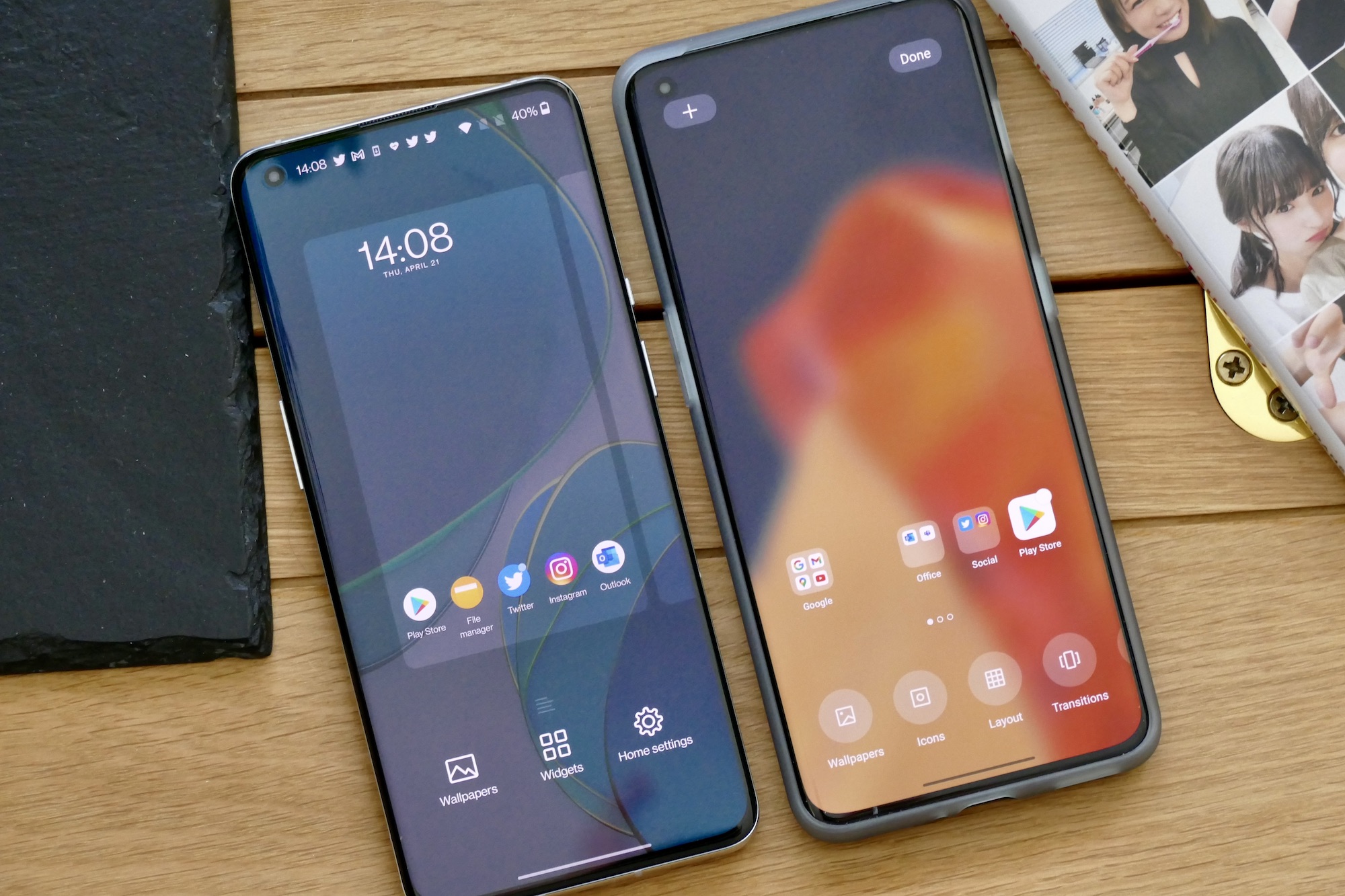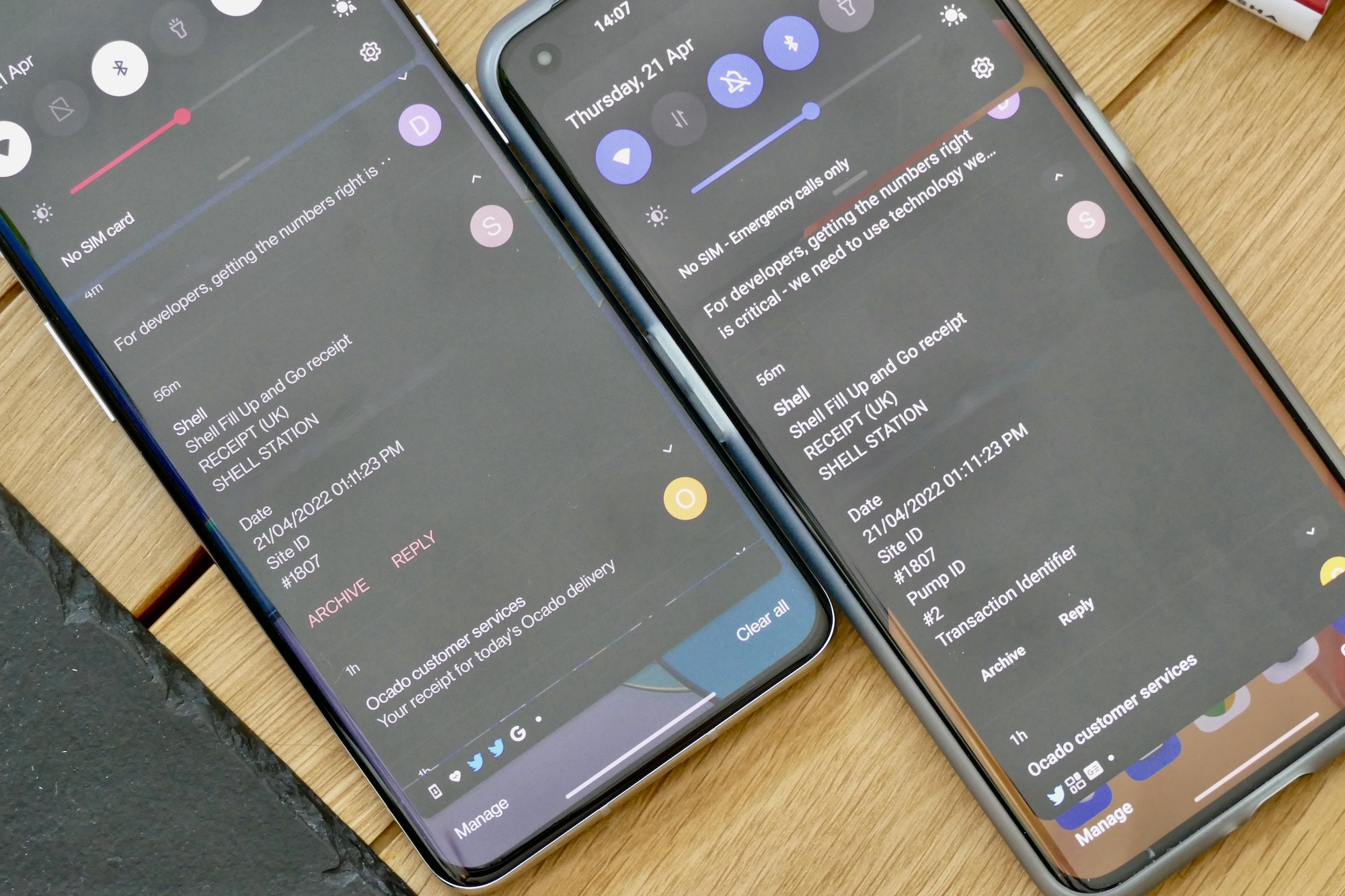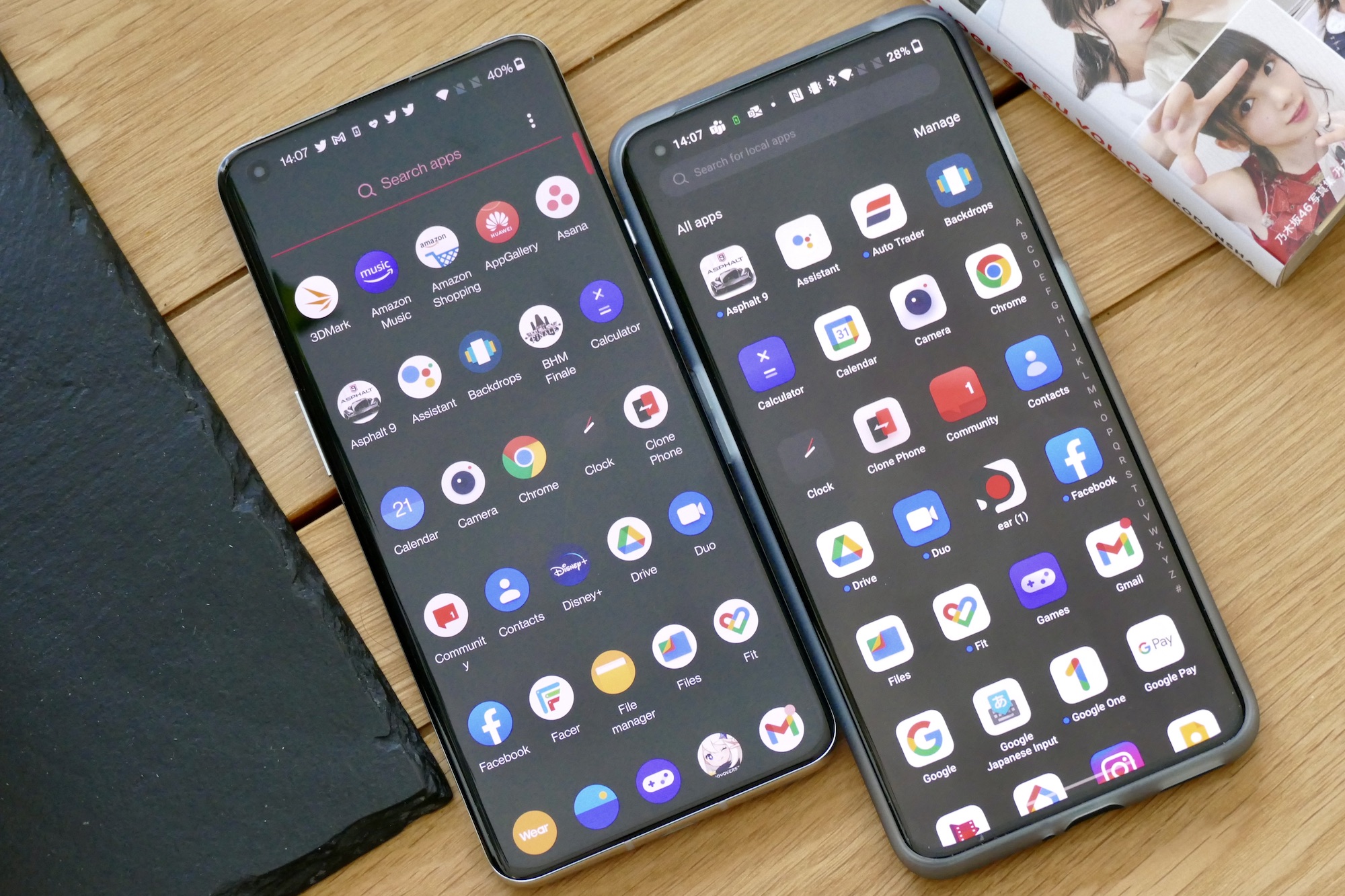The OnePlus 10 Pro comes with OxygenOS 12 installed over Android 12. That’s the good news. The bad news is its considerable similarity to Oppo’s ColorOS 12 software, and all its inherent issues has caused controversy among the OnePlus faithful. Many are looking forward to OxygenOS 13 as the savior, but OnePlus’ current messaging around it is confused and noncommittal.
But was OnePlus’s old OxygenOS software really that much better? After all, it’s easy to look back with rose-colored glasses when we’re faced with disappointment. To find out, I put the OnePlus 10 Pro alongside the OnePlus 9 Pro to see if the adoration for past versions of OxygenOS could be chalked up to nostalgia before we get too caught up in our expectations for the future.
What’s the problem with OxygenOS 12?
The problem with OxygenOS 12 is that it’s the same as Oppo’s ColorOS 12, and that makes it not very good. Both suffer from, based on my opinion and personal experience, two primary problems: Poor reliability and a dismal approach to design and user experience. I’ve used OxygenOS (and ColorOS and RealmeUI, which are basically the same) a lot recently, and have encountered the same problems, convincing me these are software issues, rather than “me” issues.
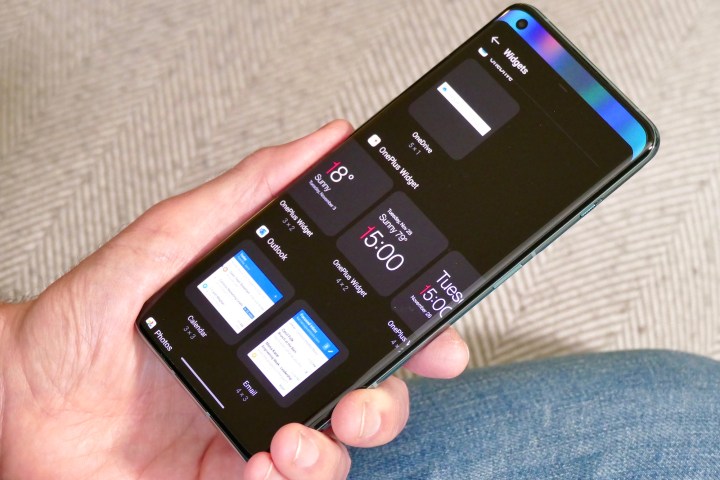
Reliability can be woeful. I use WhatsApp and Line to chat with friends, and unlike any other phone software I use, OxygenOS randomly fails to deliver notifications for each. Even if I restart the phone in the morning, it doesn’t always show new messages have arrived, and if they come in during the daytime, there will often be no indication then either. But because it doesn’t happen all the time, and still happens when I tell Android not to restrict background activity, it’s frustratingly unpredictable.
The aggressive power management — OxygenOS and ColorOS constantly badger you about apps draining power — doesn’t help, which then leads me to the other problem with the software: It’s intrusive, messy, and overly complicated. Presumably this is software that has been created by an expert, yet it always feels like a work in progress, ready for you, the owner, to finish off. I don’t want that. I want the expert to make the best, most fluid, and neatest piece of software possible. Not a framework for me to spend an hour or so on a regular basis tweaking to get it in a usable state.
Going back to OxygenOS 11
What’s interesting about going back to OxygenOS 11 on the OnePlus 9 Pro is how much more put-together, usable, and “fast and smooth” it is. From it being set up in a logical fashion immediately, to sliding up the App Drawer and customizing different aspects, the OnePlus 9 Pro is more logical and more pleasurable to use. It’s a difference you notice immediately. Interestingly though, many aspects of the basic design aren’t really much different.
But the approach to design is very different. A good example of ColorOS/OxygenOS 12’s irritations is found when changing wallpaper. Long-press on the screen to start the process and on OxygenOS 11 you get options for Wallpaper, Widgets, and Home Settings. If you pressed the screen by accident, you tap it again and it disappears. It’s all quick, easy, and intuitive, and the options presented are ones you may use quite often.
In OxygenOS 12, you long-press the screen and get options for Wallpaper, Icons, Layout, and Transitions. What about Widgets? Ah, that’s the unlabeled “+” icon in the top left of the screen. Activated all this by accident? Tapping on the screen doesn’t make it go away. To do that, you have to press the small Done button in the top right of the screen. It’s overly complicated (when did you last need to quickly change the icon shape and home screen transitions?) and not at all user-friendly.
I secretly wanted OxygenOS 11 to be a bit of a disappointment.
This difference really highlights the lack of thought that seems to have gone into making OxygenOS 12/ColorOS 12 usable on a daily basis, and how well-designed Oxygen OS 11 was. All the customization is still there, but it’s not on the surface. That’s fine, because most people either won’t care, or will only need it once.
Don’t dismiss the OnePlus 10 Pro
I could go on, and I will. I prefer the bright, colorful, obvious buttons used to reply to messages in the Notification shade in OxygenOS 11 compared to the small, easily missed text used in OxygenOS 12. That’s especially ironic because: ColorOS. OxygenOS 11 had a consistent design throughout, but OxygenOS 12 has varying font sizes, both round and square icons, and mismatched button designs that give it a messy, thrown-together aesthetic. The old Photos app is more sensibly laid out than the new Gallery app, and doesn’t use the annoying “random large image” approach that infests the new version. OxygenOS 11 never once show a notification from an Optimizer app, telling me an app is draining the battery, but OxygenOS 12 does it multiple times a day.
Before embarking on the comparison, I secretly wanted OxygenOS 11 to be a bit of a disappointment. I hoped it would not be as good as I remembered it. Sadly, it’s better than I remember, which in turn makes OxygenOS 12 look even worse and means OxygenOS 13 has a lot more work to do to restore faith when it eventually arrives in the future.
Does that mean you should ignore the OnePlus 10 Pro? No, it doesn’t. While the adoption of ColorOS is a misstep on OnePlus’ part, you do get used to OxygenOS 12 and its issues. You’ll also only really be aware of the big differences if you come directly from an OxygenOS 11 device. The OnePlus 10 Pro is a good smartphone, and you won’t be disappointed with it as a whole, but long-term devotees of the brand and its products won’t be pleased with the software.
Will OxygenOS 13 save the day?
We’re stuck with OxygenOS 12 for now, then. However, OnePlus is certainly aware that version 12 hasn’t won it many fans, and it has already talked publicly about working on OxygenOS 13. Does that mean it’s coming to save the day, as the company prides itself on listening to its community of fans?
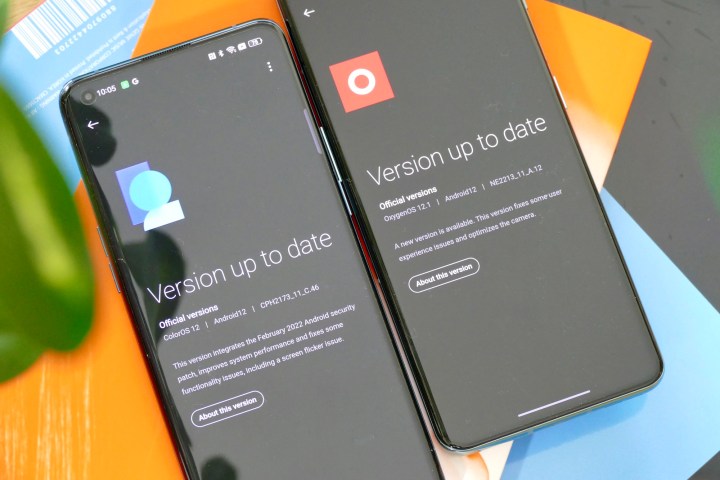
Unfortunately, OnePlus’ comments on the future of OxygenOS are confusing. In an interview ahead of the OnePlus 10 Pro’s global launch, OnePlus said it was committed to “keeping OxygenOS and ColorOS as two distinctly different software experiences,” but this definitely hasn’t happened with version 12. In a subsequent OnePlus Forum post, the company writes about OxygenOS and ColorOS, saying that “the OS teams are fully integrated into one and ready to collaborate and learn from each other’s experience. Together we will build OS products hand in hand.”
That doesn’t imply great change is coming, but in the same post, it then promises, “OxygenOS 13 will not change the core product philosophy that OxygenOS has always adhered to, such as fast and smooth, burden-less experience, ease of use, and reliability.” Elsewhere, OnePlus has said the future of the OS will be “an experience that longtime OnePlus users will be familiar with while ensuring it upholds hallmarks of OxygenOS.”
None of these statements match the real-life experience of using the current version of the software, so it’s hard to take them as anything other than marketing talk, and OnePlus toeing the company line. It means the future of OxygenOS is anyone’s guess, and due to OxygenOS 13 being based on Android 13 (which hasn’t been officially announced by Google yet), there are still many months before we find out what the future of the software is.
For now, OxygenOS 12 is what we’ve got and although it’s unlikely anyone will love it, we are going to have to live with it. What’s more, based on the lack of clarity about OxygenOS 13, it’s possibly going to be for the long-term.
Editors' Recommendations
- The OnePlus 12 is the OnePlus phone I’ve been waiting for
- The OnePlus 12 has one big advantage over Samsung and Apple
- Why I still love the OnePlus 11 one year later
- How one of my favorite Android phones actually changed my life
- The worst thing has happened to one of 2023’s best Android phones

